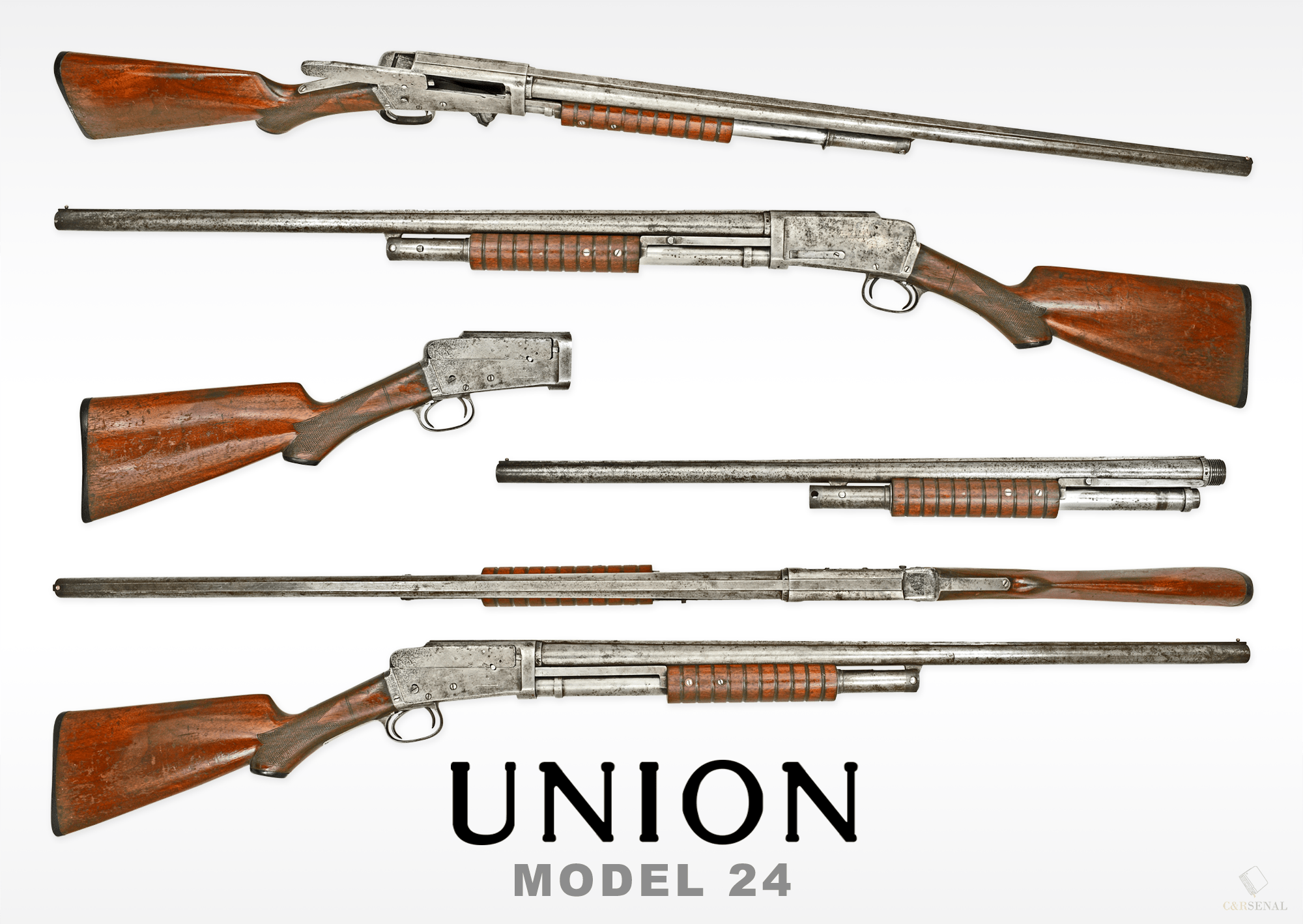Further seeking to compete with Winchester, Marlin introduced their first pump action shotgun in 1898. Using the best available steel, sporting an extremely strong tipping locking surface, an out-of-battery firing pin safety, these guns should have remained renown for their quality. However, years of updates and further decades of abuse combined with poor knowledge of their operating principles led to many in disrepair. Deemed unsafe for SASS shooting, they have earned an unwarranted reputation.
This particular gun is a very early one, and has NO inertia lock. This was troublesome when combined with an ability to slam fire and the unreliability of early smokeless shotgun powder. Marlin would soon fix this potential hazard with a safety, which holds the locking block down until the cartridge is discharged. Alternatively the user can manually depress an external button (again not featured on this example) to release the lock. The firing pin also had to be forward in order to open the action. This would be familiar to a Winchester 1893 user, but confusing to the owner of an 1897.
Original 1898s were made for 2.75″ shells but expect a shorter roll crimp, not the expanding star crimp we now commonly see. This can create unexpected pressures in the barrel and usually the now lengthened spent shells fail to eject. All other similar, but later models seem to have corrected this.
Take-down is somewhat complicated, as it requires a small, L-shaped key piece that rides in the gun when assembled, but may be easy to lose when disassembled. Since the barrel uses a reverse screw for removal, Marlin provided a threaded clamping collar so owners can adjust the barrel tightness and rotation on touchdown.
Marlin hammer shotguns are lighter than their Winchester 97 competitor and provide a clear, flat-top receiver sight line. They use far fewer parts and are less prone to major components breakage; though the inertia safeties regularly fail over time and lack of maintenance. This is only a concern when dealing with hangfire ammunition AND rapid pumping combined. This is rarely, if ever, encountered with modern ammunition.



